September 10, 2019 | Joanne Morrison
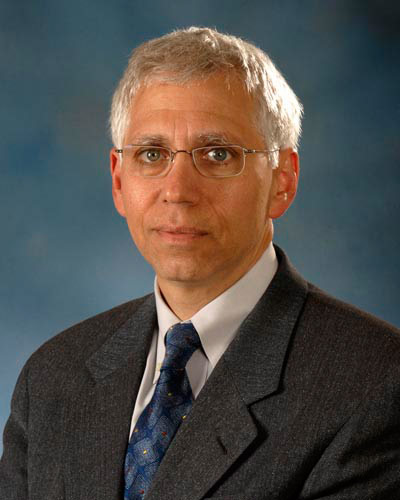
UM School of Medicine Research Shows that Current Rehabilitation Practices May Not Be Sufficient for Hip Fracture Recovery in Older Adults.
Each year more than 260,000 older Americans are hospitalized for hip fractures, a debilitating injury that can severely and permanently impact mobility. Researchers at the University of Maryland School of Medicine (UMSOM) studied two types of home-based interventions and discovered that these treatments are effective in helping individuals regain their ability to walk, but not enough to do every day functions like crossing the street.
Jay Magaziner, PhD, MSHyg, Professor and Chair of the Department of Epidemiology and Public Health at UMSOM was the Principal Investigator for this research and Rebecca L Craik, PT, PhD, FAPTA, Dean of the College of Health Sciences at Arcadia University was Co-Principal Investigator. The research was a multidisciplinary partnership involving investigators from epidemiology, physical therapy, geriatrics, orthopedics, gerontology, health economics, biostatistics and health services research. It was conducted at UMSOM, Arcadia University and UConn Health at the University of Connecticut. The research compared two different types of multi-component home-based physical therapy programs, both of which showed significant improvements in the ability to walk but not enough to be independent in the wider community.
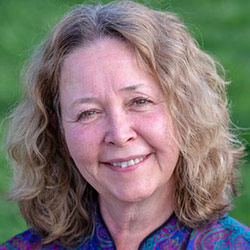 This research, which was published today in JAMA, involved 210 participants 60 years old and older recovering from hip fractures. One group received aerobic, strength and balance training. The other group received nerve stimulation and active range of motion exercises. Both groups received as many as three regular weekly home visits from a physical therapist over a 16-week period. In addition, the participants received nutritional counseling and daily vitamin D, calcium and multivitamin supplements.
This research, which was published today in JAMA, involved 210 participants 60 years old and older recovering from hip fractures. One group received aerobic, strength and balance training. The other group received nerve stimulation and active range of motion exercises. Both groups received as many as three regular weekly home visits from a physical therapist over a 16-week period. In addition, the participants received nutritional counseling and daily vitamin D, calcium and multivitamin supplements.
The research measured the participants so-called “community ambulation,” which is the ability to cross a street before a traffic light changes. To determine community ambulation, participants were timed to see how far they could walk 300 meters (approximately the length of 3 football fields) in a six-minute period after the 16-week treatment. Researchers found that after all the regular in-home interventions, 23 percent of the participants in the group receiving aerobic, strength and balance training could walk more than 300 meters in six minutes. In the other group, which received nerve stimulation and range of motion exercises, 18 percent of the participants could walk 300 meters or more in a six-minute timeframe, a difference that was not considered statistically significant.
“Both groups showed significant improvement, which highlights the importance of multi-component home-based interventions,” said Dr. Magaziner. “The equal level of professional attention both groups received may explain why the difference in the percentage of patients becoming community ambulators between the two groups was relatively small.”
This Community Ambulation Projected tested the effectiveness of a home-based multicomponent 16-week intervention that addressed specific walking-related abilities such as endurance, balance, strength and lower extremity function. Both treatment groups were provided regular 60-minute in-home interventions for 16 weeks. The patients were then tested to determine if they could walk more than 300 meters in six minutes.
“Many older adults face challenges regaining mobility after hip fracture. We were pleased that in this study a sizeable number of participants achieved community ambulation capacity. However, much more needs to be done to develop and carry out targeted and creative rehabilitation programs that will benefit greater numbers of older adults who strive to become community ambulators following hip fracture.” said Richard Fortinsky, PhD, Professor and Health Net, Inc. Endowed chair in Geriatrics and Gerontology at UConn Health, who was the study’s lead researcherat the UConn Health Campus of the University of Connecticut.
During the 16-week period, physical therapists were engaged actively with the study participants, providing motivation and positive reinforcement throughout the exercise sessions. This therapeutic alliance may have also contributed to improved walking ability, the research showed. Going forward, this research could help shed light on improving home-based interventions. For example, future research could assess the influence of factors such as the amount of exercise, how patients adhere to the treatments, behavior and environmental factors, and body composition in response to in-home interventions.
“The number of hip fractures throughout the world is increasing, and nearly half of those individuals who have a fracture will not be able to walk independently a year later. To date, no single intervention has been able to provide a remedy to this growing problem. Our research here at the University of Maryland can help set a clear path for treating the most challenging mobility cases,” said UMSOM Dean E. Albert Reece, MD, PhD, MBA, who is also the Executive Vice President for Medical Affairs, University of Maryland, and the John Z. and Akiko K. Bowers Distinguished Professor.
The research was supported by National Institutes of Health grants from the Eunice Kennedy Shriver National Institute of Child Health and Human Development and the National Institute of Aging.
About the University of Maryland School of Medicine
Now in its third century, the University of Maryland School of Medicine was chartered in 1807 as the first public medical school in the United States. It continues today as one of the fastest growing, top-tier biomedical research enterprises in the world -- with 43 academic departments, centers, institutes, and programs; and a faculty of more than 3,000 physicians, scientists, and allied health professionals, including members of the National Academy of Medicine and the National Academy of Sciences, and a distinguished recipient of the Albert E. Lasker Award in Medical Research. With an operating budget of more than $1 billion, the School of Medicine works closely in partnership with the University of Maryland Medical Center and Medical System to provide research-intensive, academic and clinically based care for more than 1.2 million patients each year. The School has over 2,500 students, residents, and fellows, and more than $530 million in extramural funding, with most of its academic departments highly ranked among all medical schools in the nation in research funding. As one of the seven professional schools that make up the University of Maryland, Baltimore campus, the School of Medicine has a total workforce of nearly 7,000 individuals. The combined School and Medical System (“University of Maryland Medicine”) has an annual budget of nearly $6 billion and an economic impact more than $15 billion on the state and local community. The School of Medicine faculty, which ranks as the 8th highest among public medical schools in research productivity, is an innovator in translational medicine, with 600 active patents and 24 start-up companies. The School works locally, nationally, and globally, with research and treatment facilities in 36 countries around the world. Visit medschool.umaryland.edu
Contact
Office of Public Affairs
655 West Baltimore Street
Bressler Research Building 14-002
Baltimore, Maryland 21201-1559
Contact Media Relations
(410) 706-5260
Related stories
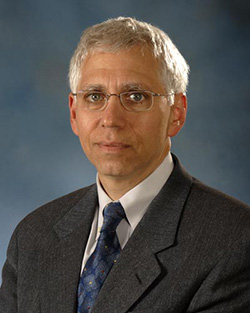
Thursday, May 15, 2025
Using Testosterone Gel to Treat Women Recovering from Hip Fractures Provides No Added Benefits, Clinical Trial Finds
Hip fractures, often a result of a fall, are the most serious type of osteoporotic fracture because they are accompanied by considerable pain, loss of muscle and bone strength, reduced mobility and independence with daily activities, and increased risk for future fractures and death. More than 200,000 American women every year experience hip fractures, and up to three-quarters of them never fully regain their ability to resume normal activities like walking, even after undergoing weeks of exercise rehabilitation. In a pressing effort to test new treatments, researchers conducted a clinical trial to see whether applying a testosterone gel with exercise could improve function and mobility in these patients.
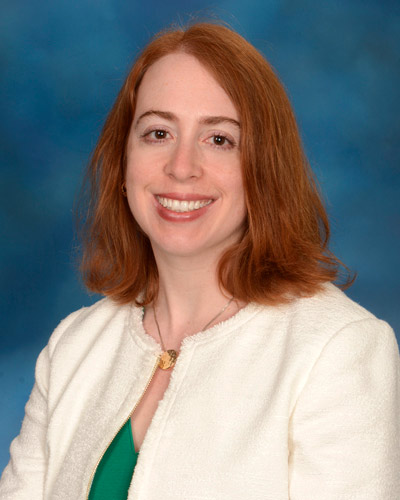
Tuesday, February 01, 2022
Study: Losing Excess Weight in Adulthood Reduces Risk of Developing Polyps that can Lead to Colorectal Cancer
Weight loss for adults, particularly those who are overweight or obese, may reduce their risk of developing a type of polyp that can lead to colorectal cancer, according to a new study led by researchers at the University of Maryland School of Medicine (UMSOM). Findings were published today in the journal JNCI Cancer Spectrum.
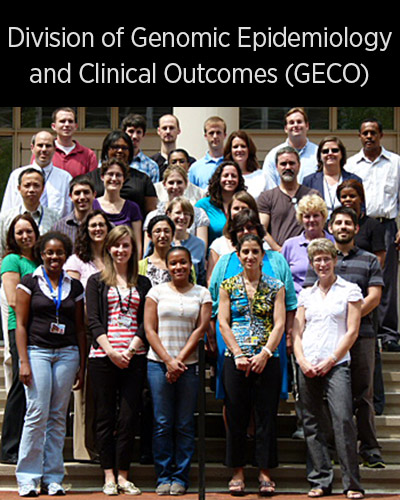
Thursday, March 05, 2020
Preventing COVID-19 (coronavirus) in Maryland Hospitals:
Hospital epidemiologists are doctors who prevent infections. World leaders in hospital epidemiology and infectious disease prevention, the physicians and scientists based in the Division of Genomic Epidemiology and Clinical Outcomes (GECO) at the University of Maryland School of Medicine are preparing our healthcare system for COVID-19 and COVID-19 transmission prevention.
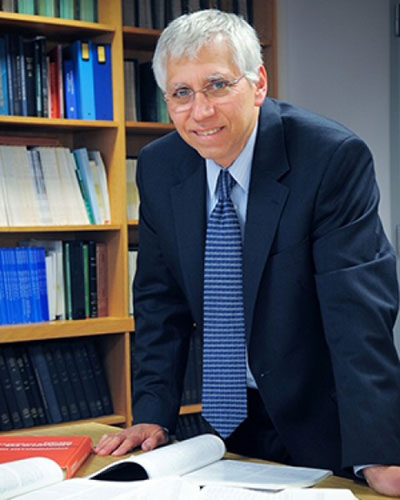
Thursday, September 05, 2019
UMSOM's Dr. Jay Magaziner Elected President of Fragility Fracture Network
Jay Magaziner, PhD, MSHyg, Professor and Chair of the Department of Epidemiology and Public Health at the University of Maryland School of Medicine (UMSOM), was elected to serve as president of the Fragility Fracture Network (FFN), a global network of professionals that help sets policy and care standards for treatment and secondary prevention of serious fractures impacting mobility, such as spinal and hip fractures.
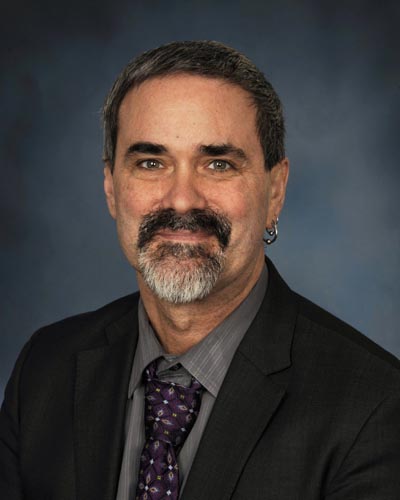
Tuesday, February 12, 2019
UMSOM Scientists Call for Unrestricted Usage of Public Genome Data
Researchers at the Institute for Genome Sciences (IGS) at the University of Maryland School of Medicine (UMSOM) called for open access to genome data, stating that unrestricted usage is needed for progress in combating the world’s most serious diseases.

Thursday, September 27, 2018
University of Maryland School of Medicine Scientist Receives Prestigious Microbiome Award
Owen White, PhD, professor of epidemiology and public health, and Associate Director for Informatics at the Institute for Genome Sciences (IGS) at the University of Maryland School of Medicine (UMSOM), has received the 2018 Microbiome Pioneer Award. The prestigious honor is part of the Bioinformatics for the Microbiome Symposium organized by Stanford University. The microbiome is the name given collectively to the community of trillions of microbial organisms that live on and within our bodies.
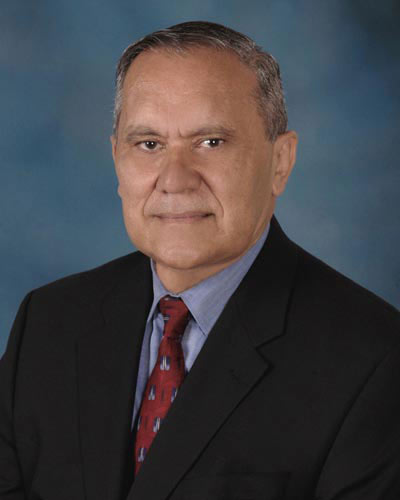
Monday, July 23, 2018
In Memoriam: Edson X. Albuquerque, MD, PhD, Internationally-Renowned Pharmacologist and Toxicologist at UM School of Medicine
Edson Xavier Albuquerque, MD, PhD, an internationally-acclaimed toxicologist who had served on the UM School of Medicine faculty since 1974, has passed away.
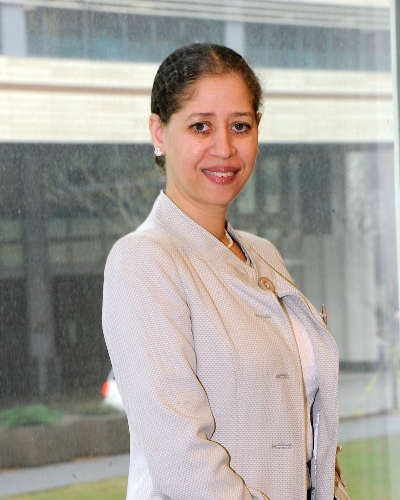
Monday, June 18, 2018
Dr. Diane Marie St. George Promoted to Vice Chair of Academic Programs in the Department of Epidemiology and Public Health
Jay Magaziner, PhD, MS Hyg, Professor and Chair of the Department of Epidemiology and Public Health (EPH) at the University of Maryland School of Medicine (UMSOM), along with UMSOM Dean E. Albert Reece, MD, PhD, MBA, announced today that Diane Marie St. George, PhD, has been promoted from Director to Vice Chair of Academic Programs in the Department of Epidemiology and Public Health. The position was previously held by Patricia Langenburg, PhD, Professor Emeritus.

Tuesday, March 22, 2016
Program in Health Disparities and Population Health at University of Maryland School of Medicine Moving Forward in Department of Epidemiology and Public Health
Jay S. Magaziner, PhD, MS, Hyg, Professor and Chair, Department of Epidemiology and Public Health (EPH) at the University of Maryland School of Medicine (UM SOM) and Dean E. Albert Reece, MD, PhD, MBA, announced today that the Program in Health Disparities and Population Health, formerly the Program in Minority Health and Health Disparities in Education and Research (PMHHD) led by the now-retired Dr. Claudia Baquet, has a new home in the Department of Epidemiology and Public Health.
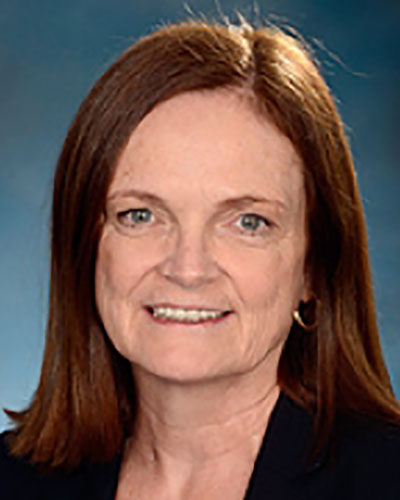
Wednesday, March 16, 2016
UM SOM Epidemiologist Joanne F. Dorgan Named Director of the Division of Cancer Epidemiology
Jay S. Magaziner, PhD, MS Hyg, Professor and Chair of the Department of Epidemiology and Public Health (EPH) in the University of Maryland School of Medicine (UM SOM), along with UM SOM Dean E. Albert Reece, MD, PhD, MBA, announced today that Joanne F. Dorgan, PhD, MPH, Professor in the Division of Cancer Epidemiology within the Department of Epidemiology and Public Health, has been appointed Director of the Division of Cancer Epidemiology. Dorgan succeeds Division Director William A. Blattner, MD, co-founder and associate director of the UM SOM Institute of Human Virology, who retired on January 31, 2016.
